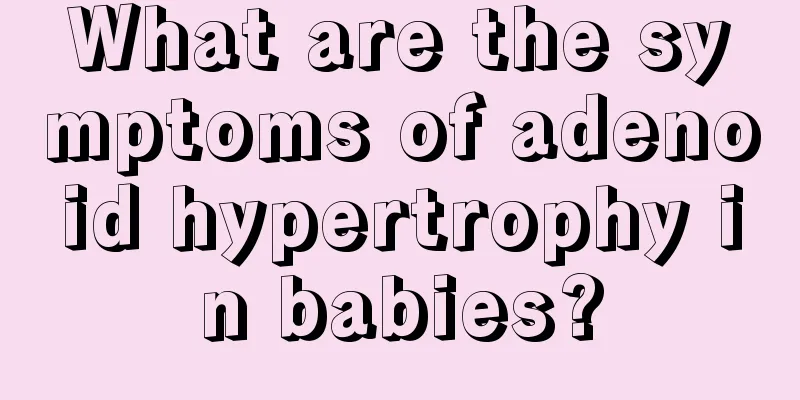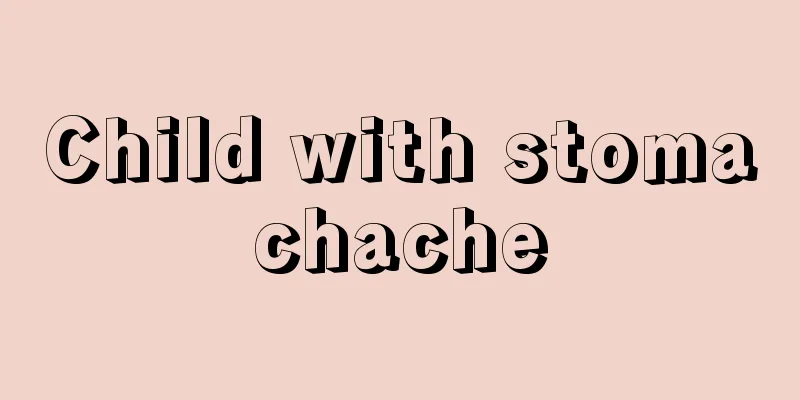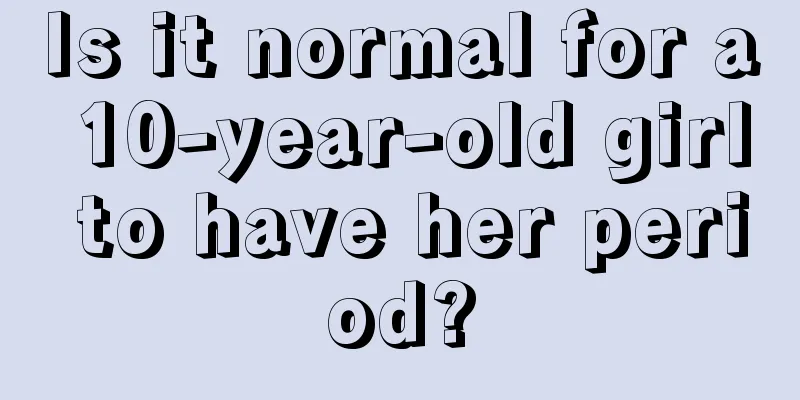What are the symptoms of adenoid hypertrophy in babies?

|
Adenoids hypertrophy in infants can manifest in many ways, which can be local or systemic, and can also be manifested through various organs on our face. This situation is easily ignored by parents. It is necessary to discover these symptoms as early as possible so that they can be treated as soon as possible. Let us now understand the symptoms of adenoids hypertrophy in infants. 1. Local symptoms Children have a narrow nasopharyngeal cavity. If enlarged adenoids block the posterior nasal cavity and the pharyngeal opening of the Eustachian tube, it may cause symptoms in the ears, nose, pharynx, and throat. (1) Ear symptoms: If the pharyngeal opening of the Eustachian tube is blocked, non-suppurative otitis media will occur, leading to hearing loss and tinnitus. (2) Nasal symptoms: Adenoids hypertrophy is often complicated by rhinitis and sinusitis, with symptoms such as nasal congestion and runny nose. He speaks with a nasal sound and snores when sleeping. (3) Pharyngeal, laryngeal and lower respiratory tract symptoms: Because the secretions flow downward and irritate the respiratory mucosa, they often cause coughing fits and are prone to tracheitis. Due to long-term mouth breathing, the development of facial bones is impaired, the jaw becomes longer, the palate is highly arched, the teeth are uneven, the upper incisors are protruding, the lips are thick, and there is a lack of expression, resulting in the so-called "adenoid face". 2. Systemic symptoms The overall development and nutritional status are poor, and there are reflex symptoms such as night terrors, teeth grinding, enuresis, slow reaction, and inattention. In addition, long-term airway obstruction and insufficient lung ventilation will lead to increased pulmonary artery pressure, and in severe cases may lead to right heart failure. The above are a series of symptoms brought to us by enlarged adenoids in infants. If your child has symptoms such as grinding of teeth at night and slow reaction, you should consider whether adenoids hypertrophy has occurred. You need to go to the hospital for diagnosis and treatment in time and take appropriate treatment methods. This is the scientific and effective treatment method. |
<<: What are the treatments for children with cerebral palsy?
>>: How to treat cerebral edema in infants
Recommend
Why is my five-month-old baby shaking his head?
After birth, babies will be affected by external ...
How to supplement zinc deficiency in four-year-old baby
We all know that human health is actually related...
How many hours does the baby sleep through the night?
Some babies can sleep through the night when they...
2 months premature
Generally, fetal development takes about 10 month...
Reasons for low total protein in babies
If the baby's total protein is low, parents m...
Symptoms of interstitial pneumonia in children, parents need to know in detail!
Children are a group that is susceptible to pneum...
Can babies wipe their red buttocks?
If babies wear diapers for a long time, they are ...
What to do if your baby has a short sleep time during the day
There are great differences in the amount of time...
Why does my child keep rubbing his eyes?
If you find that your child is always rubbing his...
Symptoms of bacterial diarrhea in babies
Bacterial diarrhea in babies is medically called ...
What are the complete recipes for children’s spleen and stomach strengthening soups?
Compared with adults, children's spleen and s...
What should I do if my child has rhinitis? These recipes are to be remembered
There are many ways to solve rhinitis, but if the...
What are the advantages and disadvantages of children skipping rope?
Whether in kindergarten or in the community, wher...
Can newborns undergo cardiac ultrasound?
Can newborns undergo cardiac ultrasound? This iss...
What can’t babies with pityriasis alba eat? Experts tell you the right way
If your baby develops tinea versicolor, it means ...









